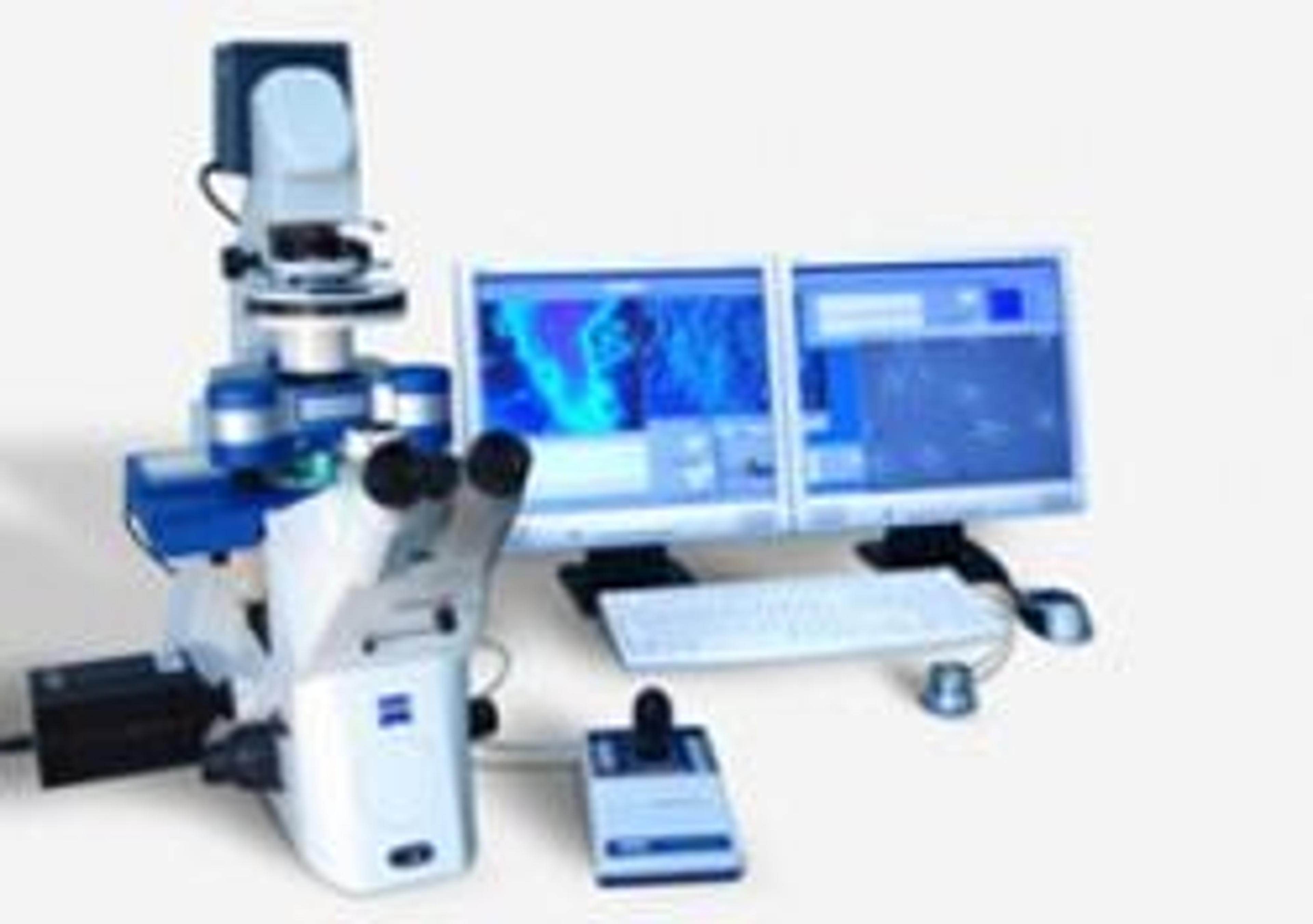JPK’s NanoWizard® AFM and ForceRobot® Systems used at the POSTECH Supersensitive Molecular Layer Laboratory, Korea, for Medical Diagnostics
Professor Joon Won Park is head of the lab at POSTECH aims to utilize the high sensitivity of AFM for applications in medical diagnostics
20 Jun 2016
JPK Instruments, a world-leading manufacturer of nanoanalytic instrumentation for research in life sciences and soft matter, reports on the use of their NanoWizard® AFM and ForceRobot® systems at the Pohang University of Science and Technology (POSTECH) in Korea. They are being applied to the field of medical diagnostics.
Professor Joon Won Park is head of the Supersensitive Molecular Laboratory at Korea's Pohang University of Science & Technology. His group's research goal is to bring AFM into the field of medical diagnostics. It is their belief that AFM is the most sensitive tool for detecting various biomarkers without amplification or labeling. Reliability and speed have been past hurdles of AFM, but Professor Park's team has demonstrated that the application of a finely controlled surface coating to AFM probes and substrates overcomes this barrier. Furthermore, recent advances of microscopy technology (in terms of speed) make it more suitable for cost-effective bioanalysis. With a capture spot* fabricated with conventional microarrayers, the limit of detection (LOD) is about 10 fM. This is better than that of most of the current typical bioanalyses such as microarray and ELISA (1 pM). With a capture spot as small as a few microns, the LOD is 10 aM and this can be pushed further with a capture spot as small as 1 micron. The approach has been demonstrated to be good for various biomarkers including protein, DNA, mRNA and microRNA from a single cell. The group believes that AFM can open up a new window for life sciences and medical diagnostics.
The laboratory has used AFM systems from multiple vendors over a period of several years. However, now with their second NanoWizard® AFM operating alongside their ForceRobot® system, they believe in JPK's systems. User, Dr Youngkyu Kim, describes his thoughts on the instrumentation. “JPK's AFMs fit well with our objective. They are user-friendly and robust. We have used NanoWizard® I and ForceRobot® for many years without much trouble. We have now added a NanoWizard® 3. Also important to us is JPK's attitude towards customers. I am very happy with their kind and close support. They understand our goals and work with us to help reach them. Whenever we encountered any issues with their AFMs in my laboratory, they fixed the problems quickly. Even when I requested new programs to handle our tasks, JPK generated new software routines for us. Over time, I met several of their key staff at conferences like ISPM and used these meetings to discuss pending issues and to get advice as to how to get around difficulties and challenges.”
The group publishes quite prolifically. For example, the use of JPK's ForceRobot® 300 is highlighted in a paper recently published in Nature Communications: “Cytosolic targeting factor AKR2A captures chloroplast outer membrane-localized client proteins at the ribosome during translation.” An example of their work using the NanoWizard® is shown in a paper published in Journal of the American Chemical Society (JACS) entitled “Quantification of fewer than ten copies of a DNA biomarker without amplification or labeling.”
*A capture spot is the area where the target chemistry is deposited for analysis.

